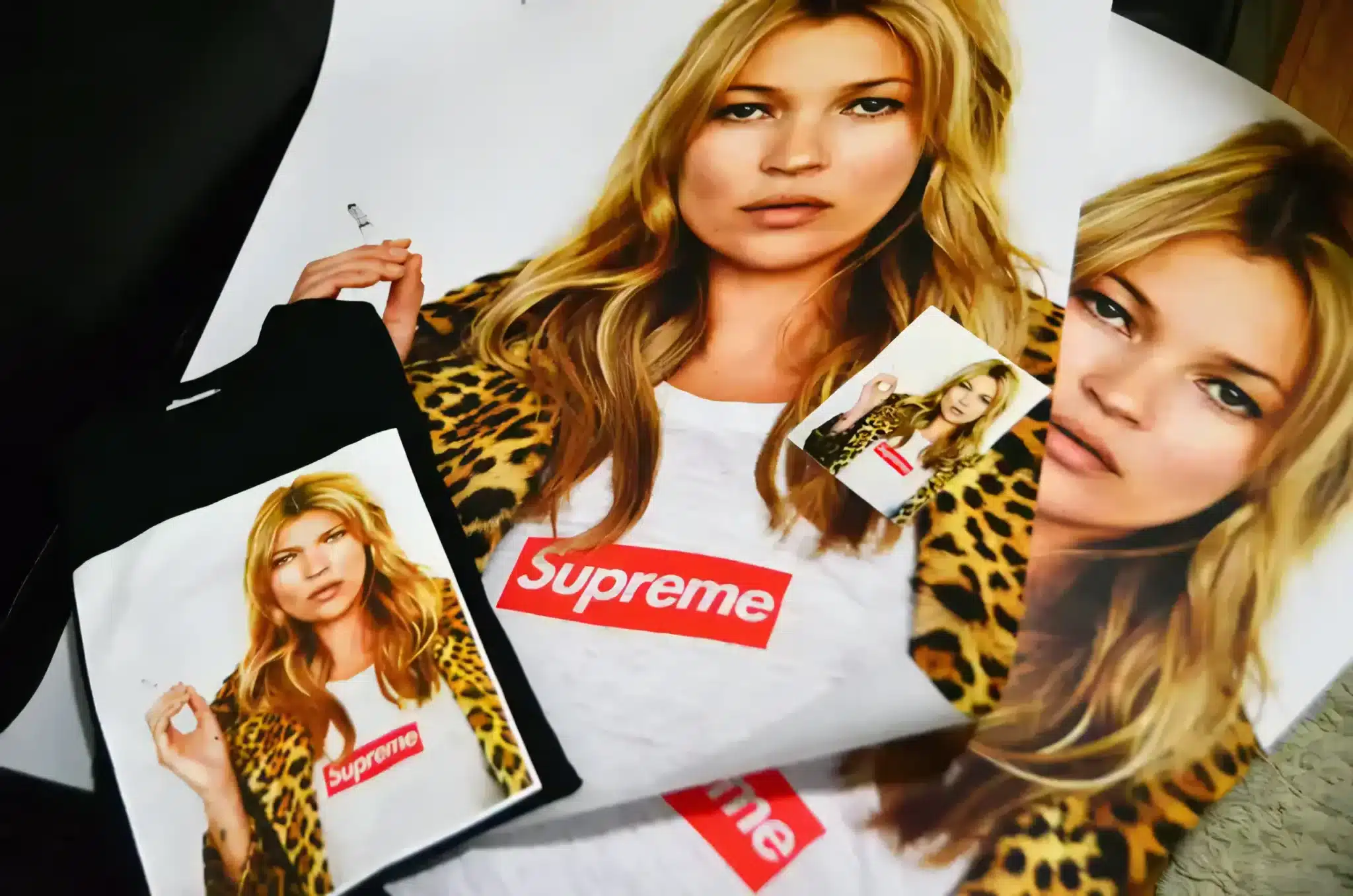
With the supreme 1994 collection, a legendary streetwear brand was born. For decades, the brand has impacted fashion, art, and society. James Jebbia, born in New York City, started Supreme as a small skate shop. It became a global hit. The brand’s 1994 inaugural collection, which combined skate culture, punk aesthetics, and modern art, established its unique style.
Origins and Philosophy
Supreme was created to be a place where skateboarders, artists, and singers could meet and collaborate, providing more than just clothes. It was Jebbia’s goal to create a place that felt like the underground scene in New York City, where art and imagination thrived. This way of thinking can be seen in the brand’s graphics, partnerships, and one-of-a-kind designs, which often went against what was expected in fashion.
Key Pieces of the supreme 1994 Collection
The supreme 1994 collection included many different items, such as T-shirts, hoodies, coats, and other small items. The line was notable for including the well-known box logo T-shirt, now an essential streetwear piece. The simple design features “Supreme” in white on a red background. The minimalist design makes a statement. This T-shirt quickly became a cult favorite because it was easy and hard to get.
Another piece that stood out was the Supreme Skate Deck, which had new artwork and partnerships with different artists. These decks were functional and became collectibles; some patterns are now worth a lot on the secondary market. Adding skateboards to the collection strengthened Supreme’s ties to skate culture, making it appealing to skateboard fans and collectors.
Artistic Collaborations
Supreme has always emphasized working with artists, making it a unique player in fashion. It was the first time well-known artists like KAWS and Jean-Michel Basquiat worked together, setting a standard for future collaborations. These partnerships showed the brand’s dedication to new ideas and creativity, showing how fashion and fine art could work together.
Together with KAWS, a famous artist known for his cartoonish characters and bright colours, they made artistic T-shirts that were a mix of fashion and art. This strategy not only brought in more people but also made Supreme a culture powerhouse that had an impact on many creative fields.
Marketing and Culture
Supreme has always used a unique approach to selling its products. The brand focuses on word-of-mouth and limited editions to keep products from going to other people. Supreme created a sense of urgency and desire among customers by only making a few of each item. This approach was evident in the supreme 1994 collection, which sold out quickly and created a thriving market for used items.
Supreme’s cultural cachet has also been helped by the places where it has put its flagship shops. The brand’s first store was on Manhattan’s Lafayette Street, an easy-to-reach area with many cultural events going on. With this intelligent placement, Supreme was able to attract its core audience of skateboarders, creatives, and fashion fans.
Influence on Streetwear
The supreme 1994 collection had a massive effect on fashion. It was one of the most important things that made street fashion fashionable. Supreme broke traditional fashion rules, allowing other brands to do the same., making streetwear a major fashion force.
Supreme’s 2017 collaboration with Louis Vuitton shows how streetwear has entered high fashion. This crossover has not only helped Supreme reach more people but also changed how other brands see and interact with street culture.
Conclusion
To sum up, the supreme 1994 collection is an essential event in fashion history. It sums up the brand’s founding attitude, work with artists, and groundbreaking marketing strategies that have changed the fashion world. Even though Supreme is still doing well, the impact of its first collection shows how vital creativity, community, and societal relevance are. The 1994 collection not only started a brand but also started a trend that still inspires and affects people today.
